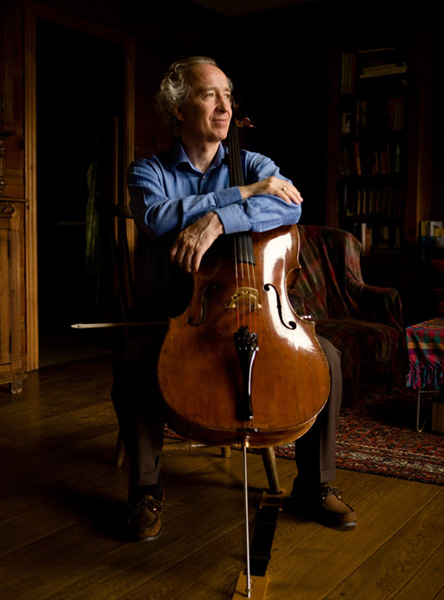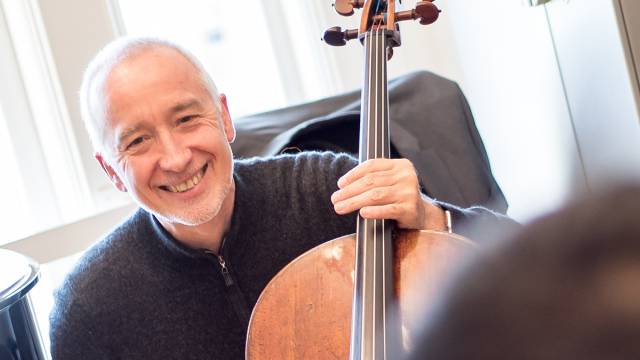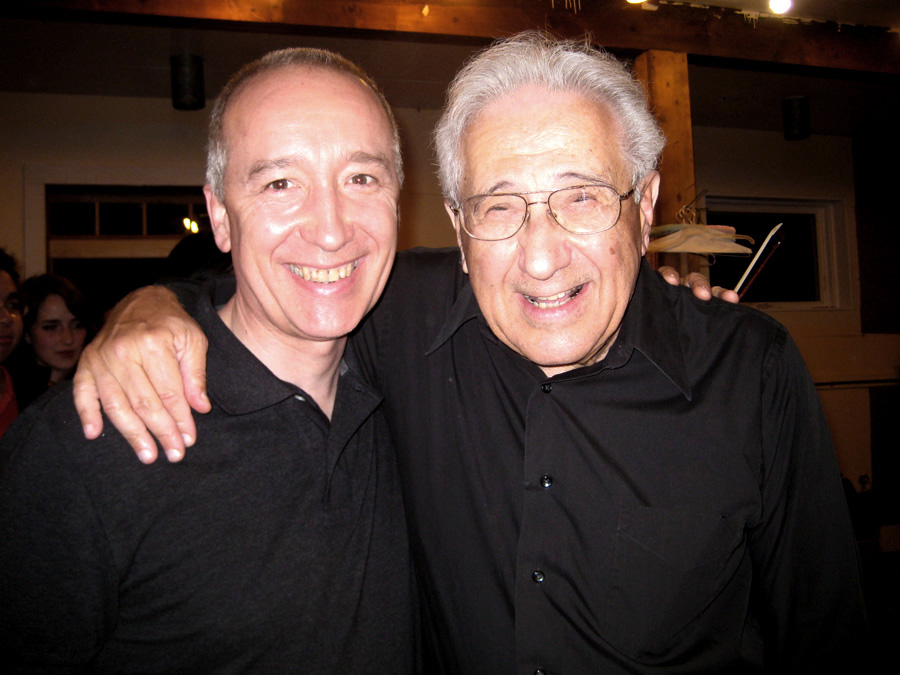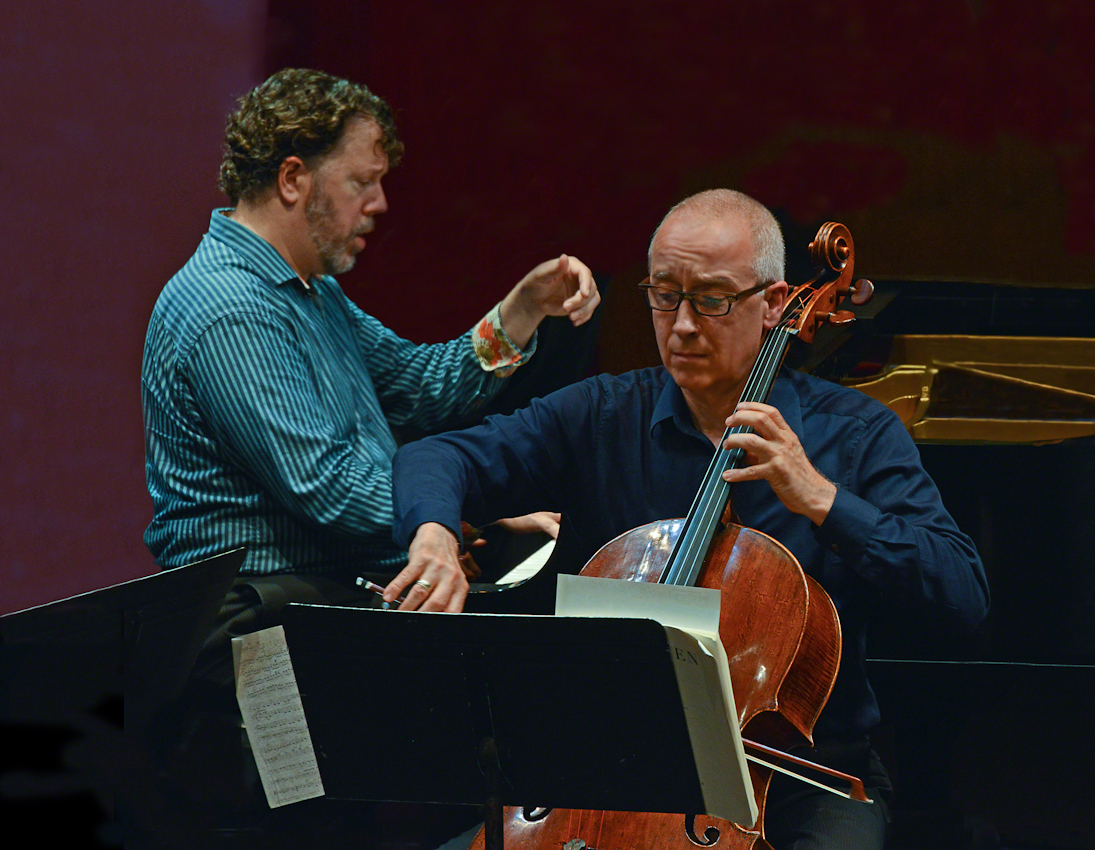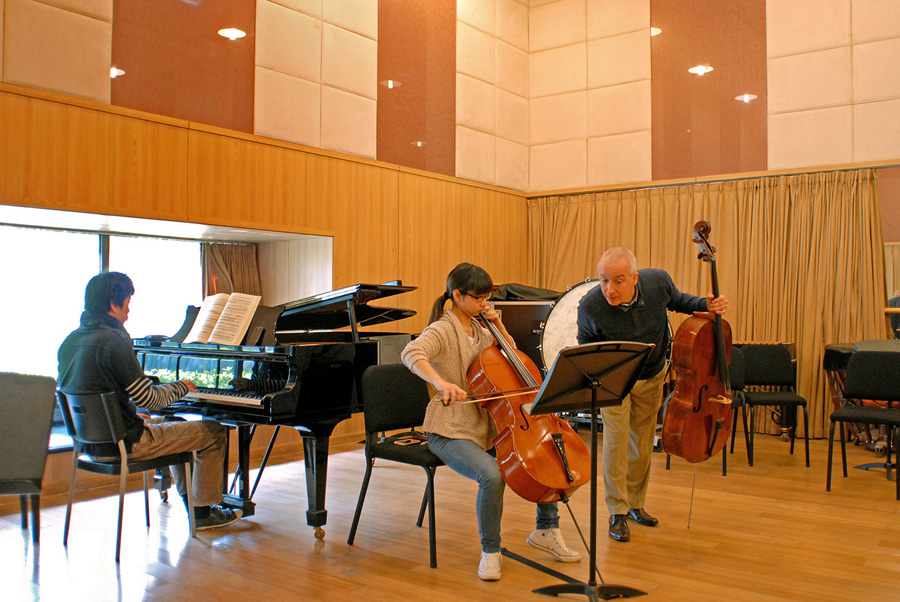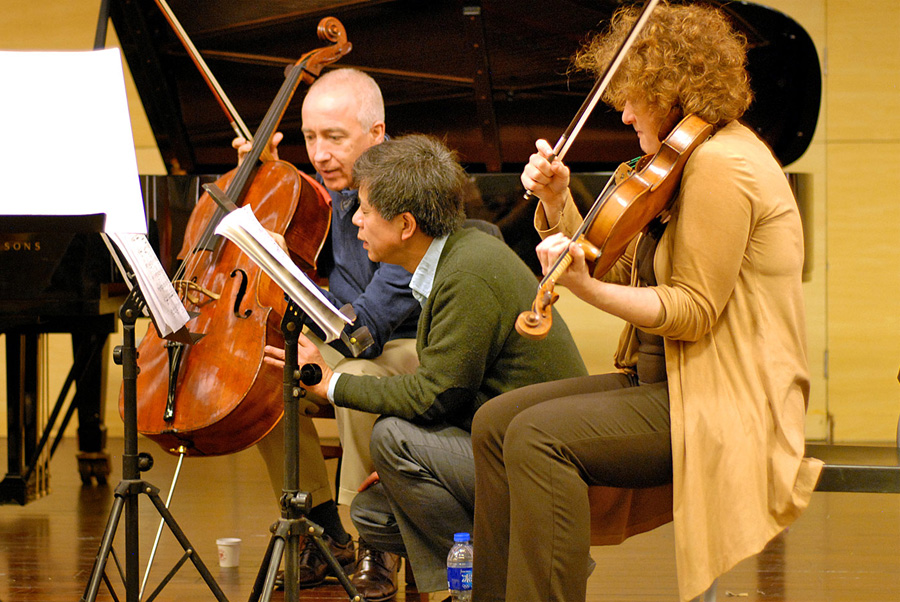Q&A
What is your hometown?
Chartres, France
What are you passionate about outside of music?
Physics and research in physics. Dynamic interrelation between mind and body.
Who were your major teachers?
Dimitry Markevitch, Mark Drobinsky, and Martin Lovett (Amadeus Quartet).
What is a favorite quote that you repeatedly tell students?
“The journey to reach your goals is how you truly discover your unique voice as an artist and how you grow as individuals.”
What was the defining moment when you decided to pursue music as a career?
The 1976 Prades Summer Festival in the Pyrenees, France.
What was a turning point in your career?
1989: My quartet, "Le Quatuor Ravel", won two major prizes at the Evian International String Quartet Competition and attained national and international recognition.
If you weren't a musician or teacher, what do you think you would be doing now?
Research in fundamental physics.
If you could play only three composers for the rest of your life, who would they be?
J.S. Bach, Beethoven, and Henri Dutilleux.
From a music history perspective, what year and city are most important to you?
Paris, 1889 to 1930.
What are your most important collaborations?
Concerts and masterclasses with Martin Lovett and Norbert Brainin (members of the Amadeus Quartet); Multiple concerts at SFCM with Robert Mann, violinist and founder of the Juilliard Quartet; Ongoing musical collaborations since 2000 with faculty and students of the Yellow Barn Music Festival in Vermont.
What recordings can we hear you on?
Heartstrings, Albany Records
Solos & Duos, Albany Records
Tribute to Chou Wen-Chung, Albany Records
Autour de Messiaen, MSR Classics
String quartets by Ravel and Chausson
Strings quartets by Debussy, Dutilleux and Fauré - Victoire de la Musique Classique 1994, Musidisc-France
André Caplet - Hanna Schaer, Isabelle Moretti, Quatuor Ravel, Bernard Tétu – Le Miroir De Jésus - Inscriptions Champêtres, Universal Classics

